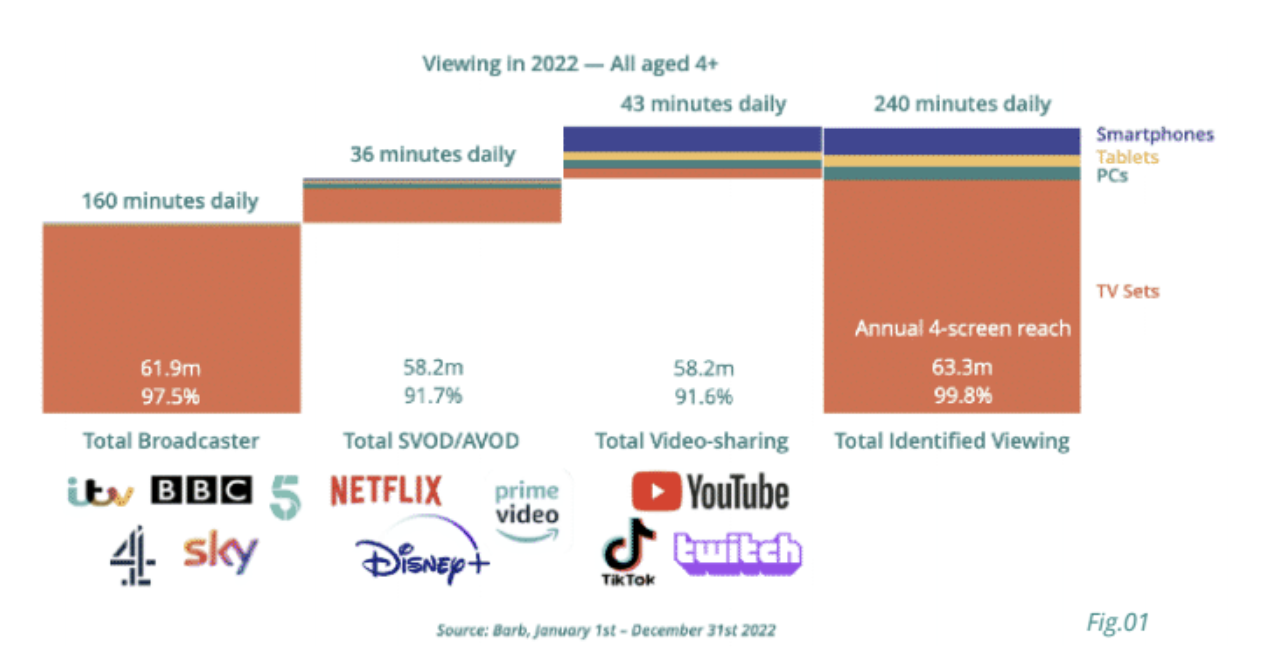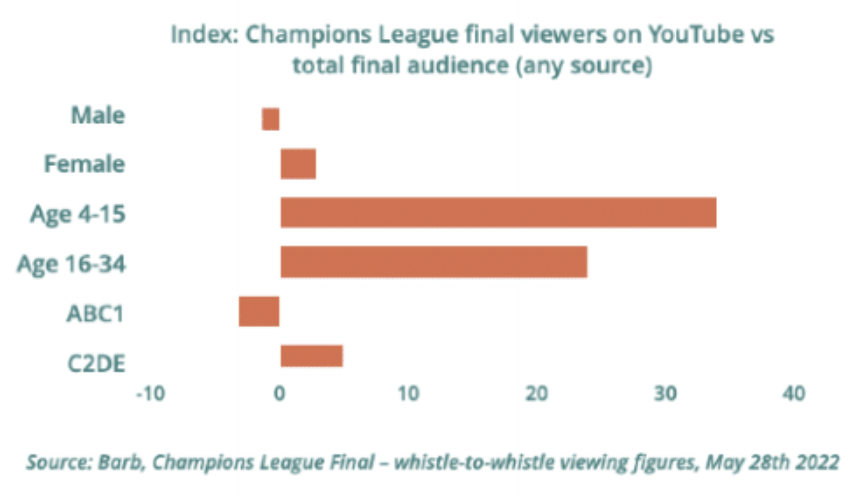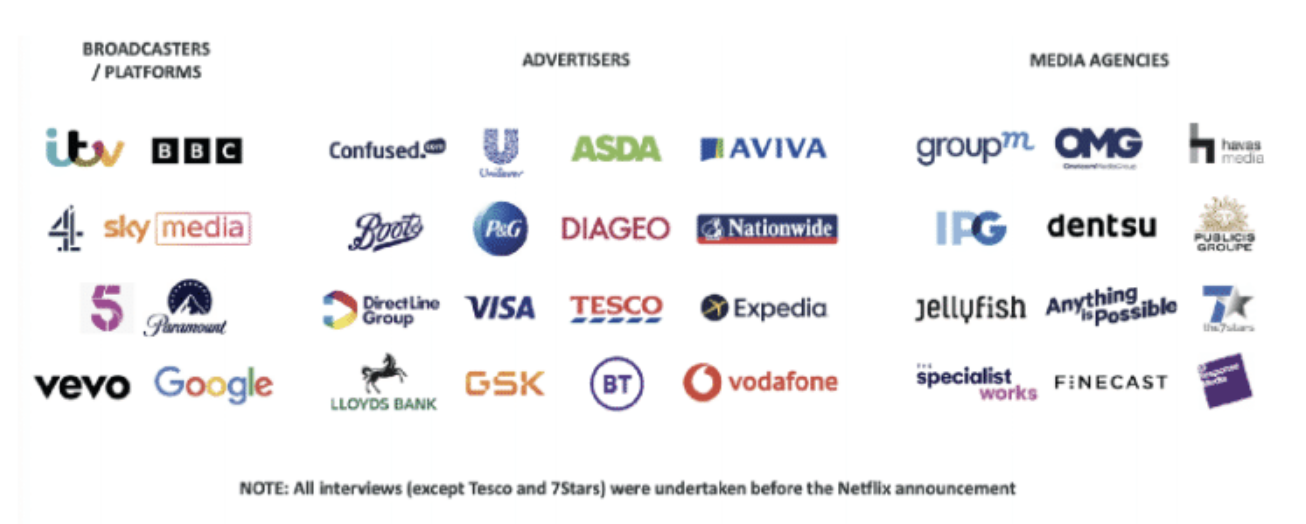Barb widens access to non-broadcasters with ‘fit for TV’ measurement standard

The UK’s TV measurement company Barb has begun measuring broadcasters’ video content on YouTube and has committed to expanding its audience measurement to video-sharing platforms.
Following an industry consultation, Barb has rebranded to Barb Audiences and has now pledged to include “fit-for-TV” content on video-sharing platforms within its measurement panels of UK media audiences.
This is a different definition than the “TV-like” content proposed in the consultation led by Barb last autumn, a standard designed to enable YouTube audiences to be measured alongside broadcast content on linear television, broadcast video on demand (ITVX, All 4) and, more recently, subscription VOD (Netflix and Disney+).
The tougher “fit for TV” standard means pure user-generated content that is not checked by professional editors or compliance officers would continue to be unsuitable for Barb. This means the vast majority of YouTube’s content, in which individuals self-produce videos that are largely monitored by automated tools, would not be measured.
However, it could open to door to non-TV broadcasters, such as news organisations and magazine publishers that are regularly producing high-quality editorial content and building up significant audiences that are coveted by advertisers.
According to the results of the consultation, content that is “fit for TV” must meet the following benchmarks:
>> Editorial input and oversight
>> Regulatory compliance, or an intention to deliver content that aligns with prevailing regulation
>> Content that provides a safe and suitable environment for advertisers
Justin Sampson, Barb’s CEO, recognised the need for the company to “go further” and expand the range of video media that is measured by its panel-based system.
He said: “Our new brand positioning builds both on our heritage of continuous innovation and our forward-looking approach to measure viewing behaviour that isn’t constrained by devices, distribution platform or business model.
“We don’t yet have all the answers for how and when we will extend our reporting of content on video-sharing platforms. Equally we know our capabilities are always enhanced by the active participation of businesses that make content and the platforms that distribute it.”
Barb introduced daily audience reporting for SVOD, AVOD and video-sharing platforms in November 2021, but at present this measurement is restricted to content watched on a television. In the UK last year, people spent 196 minutes a day watching on TV sets, which is four-fifths of all viewing, Barb reported in a white paper released today.
The company is not able to measure TV watching on smartphones, the second biggest device used to watch video content in the UK, because it is unable to use the same technique of “audio watermarking” in which unique sound frequencies associated with video content is picked up by a meter that tracks a panel member’s internet activity.
The company also revealed an example of where it is already providing third-party measurement of YouTube of “fit for TV” content, namely selected streams and content by major broadcasters.
Since last November, for example, it has been reporting YouTube audience figures for Channel 4 content. Last year the broadcaster agreed to a revenue-share deal with the Google-owned platform to provide hundreds of hours of programming available to watch on YouTube in the UK & Ireland.
Barb also measured YouTube viewing for the Champions League final, which was streamed by BT Sport for free. The high-profile match, which featured England’s Liverpool against Real Madrid, attracted 1.5 million viewers on YouTube, which is over a quarter (26%) of its total audience. Those that watched on YouTube were younger than the overall average audience, which appears to vindicate BT’s decision to use the video-sharing platform to reach a wider audience.
Practitioners from across the UK TV and advertising system took part in the consultation, Barb said. The company hired Paul Evans, the former Vodafone global head of media and founder of marketing consultancy SixtyForty, to lead the study, which included 40 interviews with advertisers, media owners and media-buying agencies.






